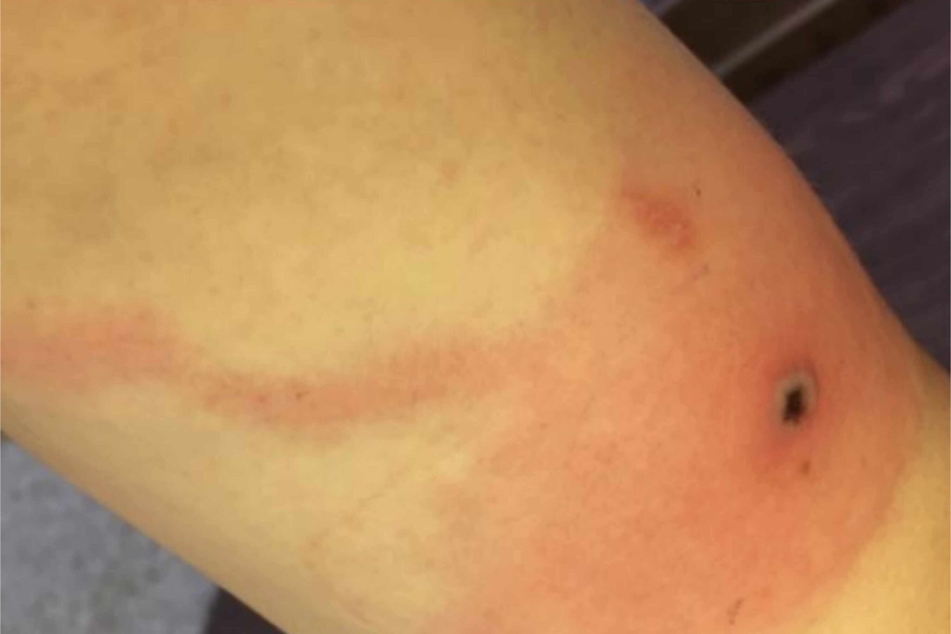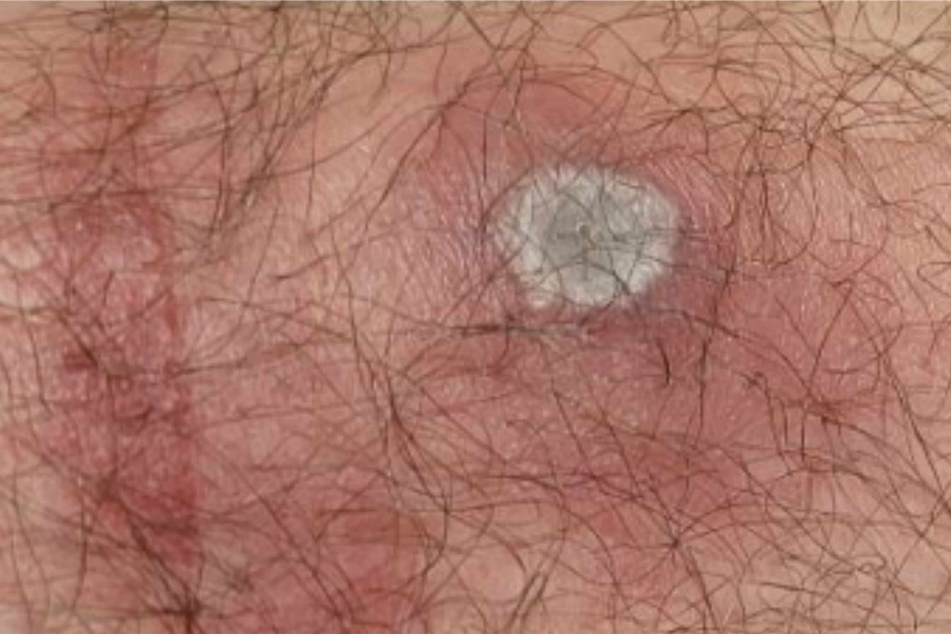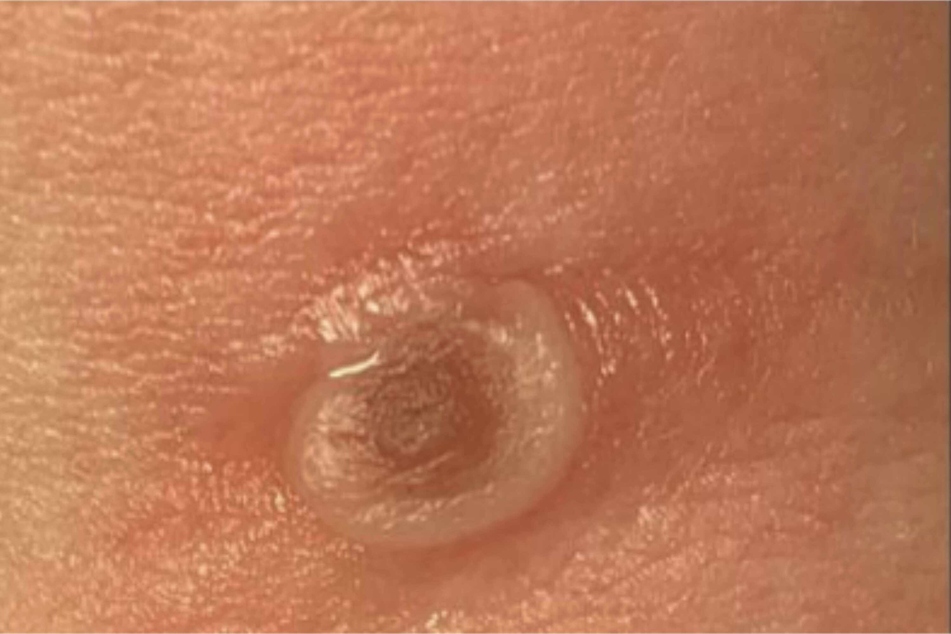What is Alaskapox? Symptoms to know after first death reported
Anchorage, Alaska - Public health officials in Alaska have disclosed the first known human death from Alaskapox, a virus typically found in small mammals.

The first person known to die from the Alaskapox virus was an elderly man from Alaska's Kenai Peninsula who was undergoing cancer treatment, state health officials said in a bulletin issued late last week.
The man's symptoms began in mid-September with a painful red lesion near his shoulder that failed to respond to antibiotic treatment. By the time he was hospitalized in November, he was complaining of a burning pain that made it difficult to move his arm. Doctors noted four additional sores on other parts of his body, and sent swabs of the lesions to the US Centers for Disease Control and Prevention for testing.
The man was taking medications to treat his cancer, and those drugs hobbled his immune system. Despite some positive response to antiviral treatment, his health declined rapidly in the hospital and he died in January.
The man was only the seventh known person to have become infected with the virus since it was first detected in humans in 2015, according to Alaska's Department of Public Health. He was also the first person to have become ill enough to require hospitalization.
"The patient's immunocompromised status likely contributed to illness severity," state health officials said in a statement.
No human-to-human transmission of Alaskapox has been detected so far, and there have been no known cases outside the state for which the virus is named.
California health officials confirmed there've been no reports of the virus in the state
What is Alaskapox?

Alaskapox is an orthopoxvirus, according to the CDC, the genus of viruses that include smallpox and Mpox, formerly known as monkeypox, which experienced a worldwide outbreak and US public health emergency with thousands of reported cases last year.
Though no cases of human-to-human transmission of Alaskapox have been reported, Alaska health officials noted that other orthopoxviruses can spread via close contact with an infected person's lesions. This is how health officials believe Mpox spread last year.
The first six cases of Alaskapox were reported in Fairbanks North Star Borough in Alaska, and the first death in Kenai Peninsula Borough.
Testing in 2020 and 2021 found the virus in several small mammal species in Alaska's Fairbanks area, particularly shrews and red-backed voles. The man who died in January was the first person outside of the Fairbanks area to have been diagnosed with the virus, a sign that the virus has spread to mammals outside that region, health officials said. The man lived alone in a forested region and had no known travel or contact with any potentially infected people.
He did care for a stray cat prone to both hunting small mammals and scratching its human caretaker, state officials noted. The cat had clawed the man on the shoulder a month before his symptoms began, close to the site where his first lesion was found.
However, officials noted that they couldn't be sure that was how the man acquired the virus.
What are the symptoms of Alaskapox?

All previous patients of Alaskapox complained of symptoms of swollen lymph nodes and muscle aches that cleared up in a few weeks. The virus also causes one or more red, uncomfortable skin lesions, which several previous patients mistook for spider or insect bites.
"Wild animals can carry germs that can spread to people through direct or indirect contact and make people sick," a spokesperson for the California Department of Public Health said in an email. "Even if an animal looks healthy, it can still spread germs that can cause disease."
"Do not touch or approach wild animals or any animals that you do not know," they advised.
Anyone with suspicious lesions who believes they could have the virus should cover the sore with a bandage until they can see a doctor and avoid sharing clothes or bedding with anyone else, Alaska's Division of Public Health said.
For any worrying or abnormal health symptoms, consult your health care provider immediately and for the best advice.
Cover photo: Alaska Division of Public Health
